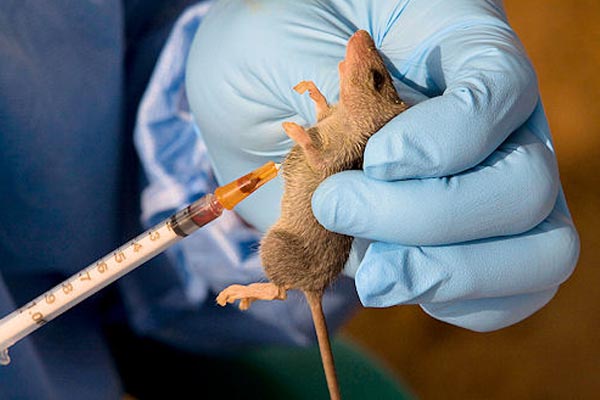The Nigeria Centre for Disease Control and Prevention (NCDC) has reported a total of 152 deaths from Lassa fever in the first 28 weeks of 2025.
This marks a higher case fatality rate (CFR) of 18.7 per cent compared to 17.3 per cent within the same period in 2024.
According to the latest situation report released by the NCDC on Monday via its official website, 811 confirmed cases and over 6,520 suspected infections have been recorded so far.
The Public Health agency said that these span 21 states and 105 local government areas, with the highest burden concentrated in Ondo, Bauchi, Edo, Taraba and Ebonyi states
“We are witnessing a slight decline in the total number of confirmed cases compared to 2024, but the fatality rate has increased,” it said.
It also indicated possible late presentation, poor health-seeking behaviour and limited access to early treatment as contributing factors.
The agency said that in epidemiological week 28 alone, 11 new confirmed cases and one death were recorded, with reported infections from Ondo, Edo, and Benue states.
It said that no healthcare workers were affected during the week.
The NCDC said that individuals aged 21–30 years remained the most affected age group, with a nearly equal male-to-female distribution of cases
In response to the ongoing outbreak, the agency and its partners have intensified interventions in high-burden areas.
“Ten National Rapid Response Teams have been deployed to affected states using a One Health approach.
“INTEGRATE Clinical Trials have commenced in Ondo state to support improved case management.
“Healthcare workers in Bauchi, Ebonyi, and Benue states have received targeted training to strengthen clinical response,” it said.
It said that environmental campaigns and community sensitisation activities were underway, in collaboration with Nigeria Health Watch, WHO, Pro-Health International, IHVN and other key partners.
Meanwhile, the agency has launched its Infection Prevention and Control (IPC) e-learning platform, supported by the Global Fund.
It distributed IPC materials and medical countermeasures such as Ribavirin, PPEs, and disinfectants to states and treatment centres.
Despite intensified efforts, the NCDC said that several persistent challenges remained.
“These include the late presentation of cases, which contributes to the high fatality rate.
“Poor environmental sanitation in affected areas also hinders effective control of the disease.
“Additionally, low awareness levels in vulnerable communities and the high cost of treatment continue to discourage prompt health-seeking behaviour.”
The agency stressed the need for community engagement, early detection and prompt treatment to reduce fatalities as Nigeria battles to curb the spread of the disease.
It appealed to the public to avoid contact with rodents and to seek prompt medical care at designated treatment centres at the first sign of symptoms such as fever, headache or bleeding.
The NCDC urged Nigerians to continously maintain hygiene, report symptoms early and avoid contact with rodents and their secretions.
“The public is also encouraged to follow NCDC advisories and utilise the toll-free line 6232 for inquiries,” it said.
NAN reports that Lassa fever is a viral hemorrhagic disease transmitted primarily through contact with the urine or faeces of infected rats.
It can also spread from person to person through bodily fluids, contaminated objects or infected medical equipment.
Symptoms include fever, sore throat, headache, vomiting, muscle pain, and in severe cases, bleeding from the body openings.


